Category: Aviation & Flying
-
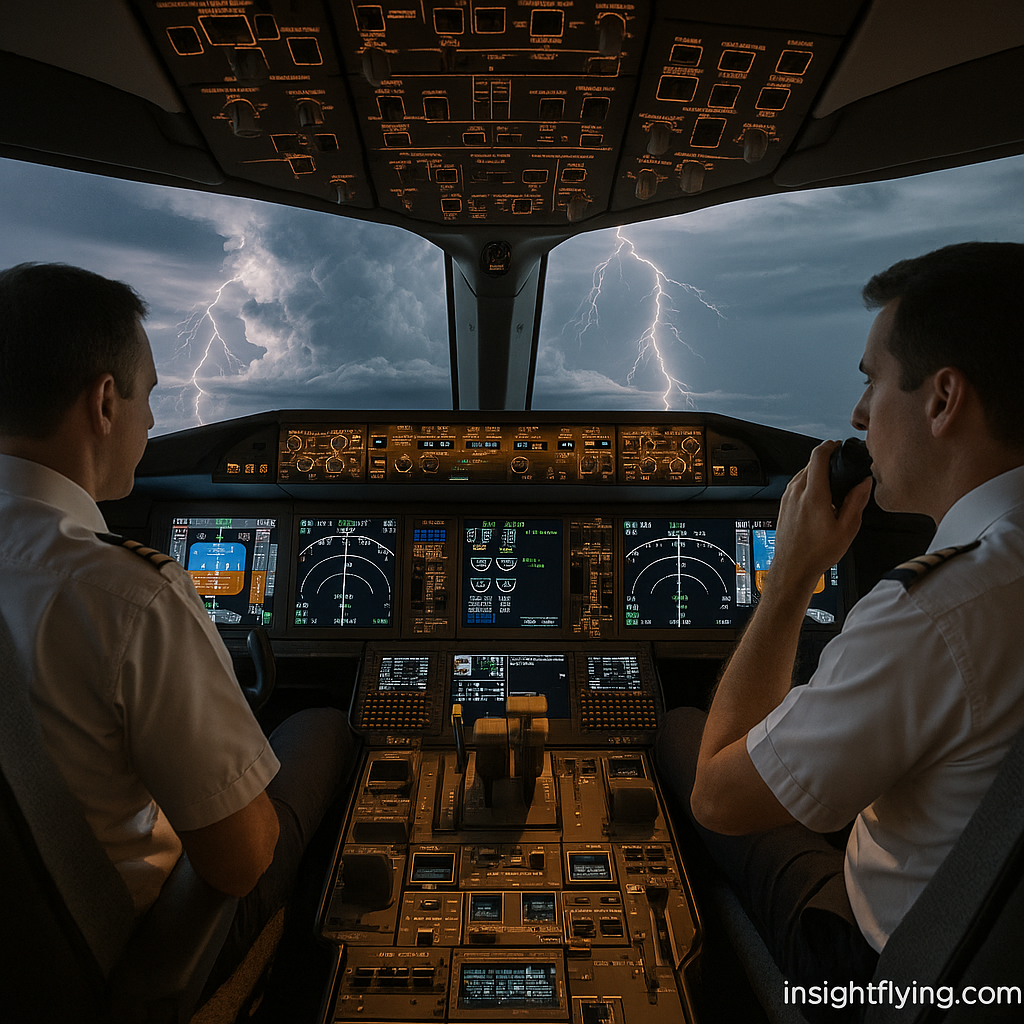
Airmanship ฉบับกัปตันโสภณ
Airmanship ฉบับโสภณAirmanship ถ้าเปิดพจนานุกรมก็จะได้ความหมายตรง ๆ ว่าเป็นทักษะ ความรู้ และประสบการณ์ที่ทำให้นักบินสามารถควบคุมเครื่องบินได้อย่างปลอดภัย ฟังดูเป็นวิชาการมาก แต่สำหรับผมแล้ว มันไม่ได้มีแค่คำจำกัดความแบบนั้น Airmanship by Captain SoponIf you open a dictionary, you’ll find that Airmanship is defined as the skills, knowledge, and experience that allow a pilot to operate an aircraft safely. That’s the textbook explanation. But for me, it’s more than just words on a page. อ่านเรื่อง…
-

🌧 Wet Runway & Hydroplaning
(พื้นรันเวย์เปียก และการไถลไปทั้งตัว) พื้นรันเวย์เปียกคืออะไร พื้นเปียกก็ลื่นเป็นเรื่องธรรมดา เรามักคุ้นกับคำว่า “Slippery when wet” อยู่บ่อย ๆ สำหรับสนามบินก็เช่นกัน หากพื้นรันเวย์เปียก (Wet Runway) จะส่งผลให้ประสิทธิภาพการเบรคลดลง สนามบินหลายแห่งจึงทำร่องบนพื้นรันเวย์ (Grooved Runway Pavement) เพื่อช่วยรีดน้ำและเพิ่มประสิทธิภาพการเบรค👉 อ่านเพิ่มเติม: Runway and Landing Operations Wet pavement is naturally slippery — that’s why we often see signs like “Slippery when wet.” At airports, a Wet Runway can reduce braking effectiveness. To improve safety, many runways…
-
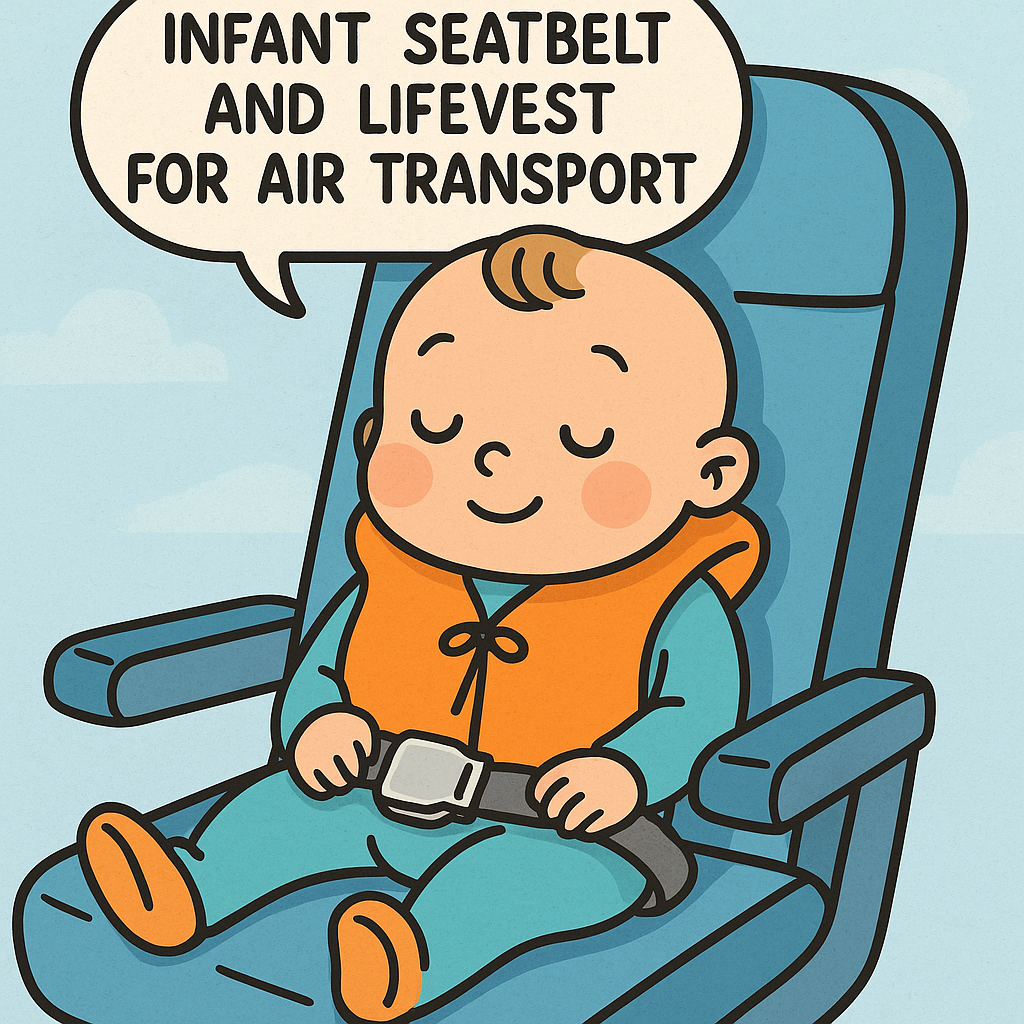
เข็มขัดนิรภัยและเสื้อชูชีพสำหรับเด็ก
ทารกและเด็กเล็กบนเครื่องบินมักถูกจัดเป็น “ผู้โดยสารที่ต้องการการคุ้มครองพิเศษ” เพราะขนาดร่างกายและการตอบสนองต่อแรงเฉื่อยต่างจากผู้ใหญ่ ทำให้วิธีการยึดตรึง (restraint) และอุปกรณ์ลอยน้ำต้องออกแบบเฉพาะสำหรับเด็กเพื่อให้ศีรษะหงาย น้ำจะไม่อุดทางเดินหายใจ และเพื่อให้สามารถช่วยเหลือลงน้ำได้อย่างปลอดภัยในกรณีเหตุฉุกเฉินทางทะเล. Infant restraints (lap belts, child restraint systems—CRS, and aviation harnesses like CARES) and infant lifejackets are specialized because infants have different body proportions, lower muscle tone, and proportionally larger heads. These factors increase the risk of airway compromise and neck/head injuries during sudden deceleration or turbulence unless…
-
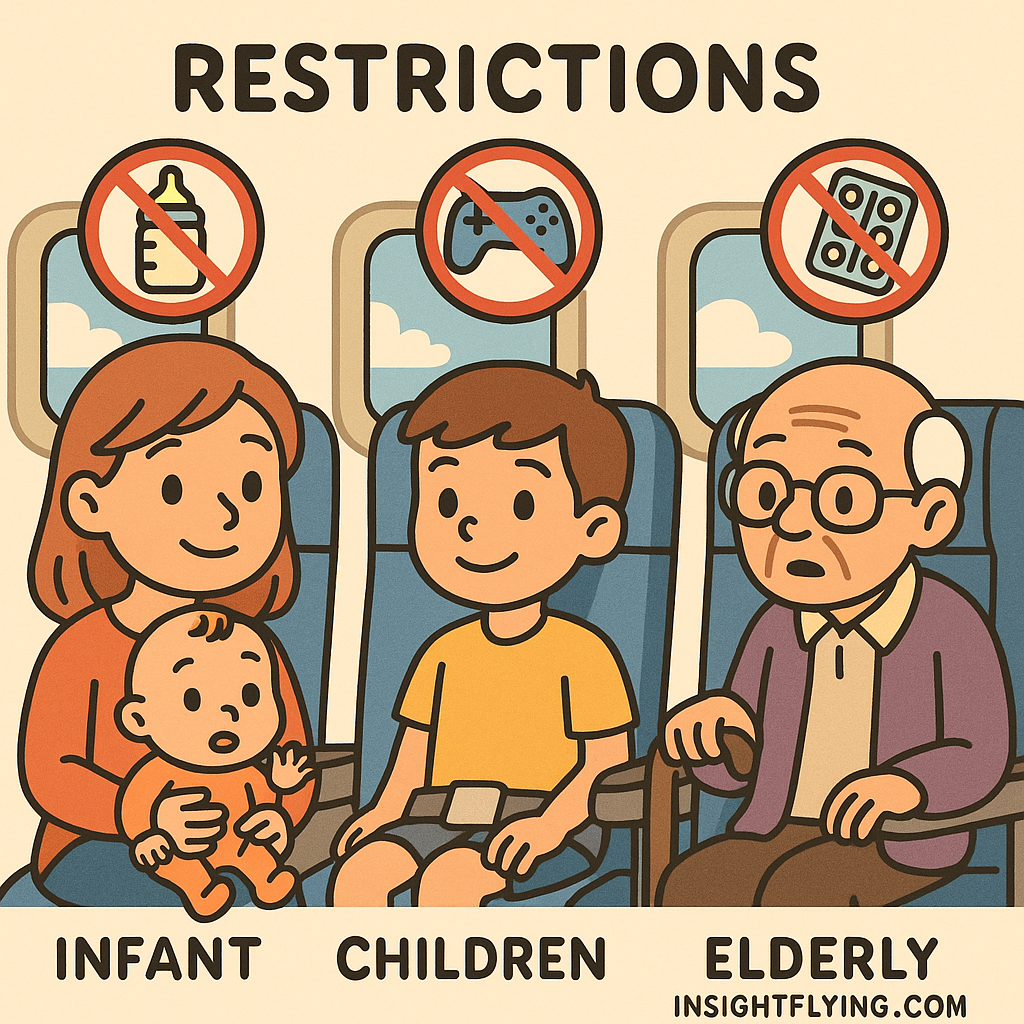
เด็กอายุเท่าไหร่ห้ามขึ้นเครื่องบิน
👶 เด็ก / ผู้เยาว์ และ 👴 ผู้สูงอายุ กับการเดินทางทางอากาศ Children / Infants & Elderly Passengers and Air Travel 🔹 เด็ก / ทารก (Children & Infants) เงื่อนไข / ข้อจำกัดที่สายการบินและหน่วยงานสุขภาพมักใช้ คำแนะนำสำหรับผู้ปกครอง /เด็กเล็กก่อนบิน 🔹 ผู้สูงอายุ (Elderly / Senior Passengers) เงื่อนไข / ข้อจำกัดที่สายการบินมักมี คำแนะนำสำหรับผู้สูงอายุก่อนบิน 🔹 ตัวอย่างนโยบายสายการบิน / อ้างอิง ตารางนโยบายของ Thai Airways (เด็ก/ทารก และผู้สูงอายุ) กลุ่มผู้โดยสาร เงื่อนไข / ข้อจำกัดสำคัญของ Thai Airways รายละเอียด…
-
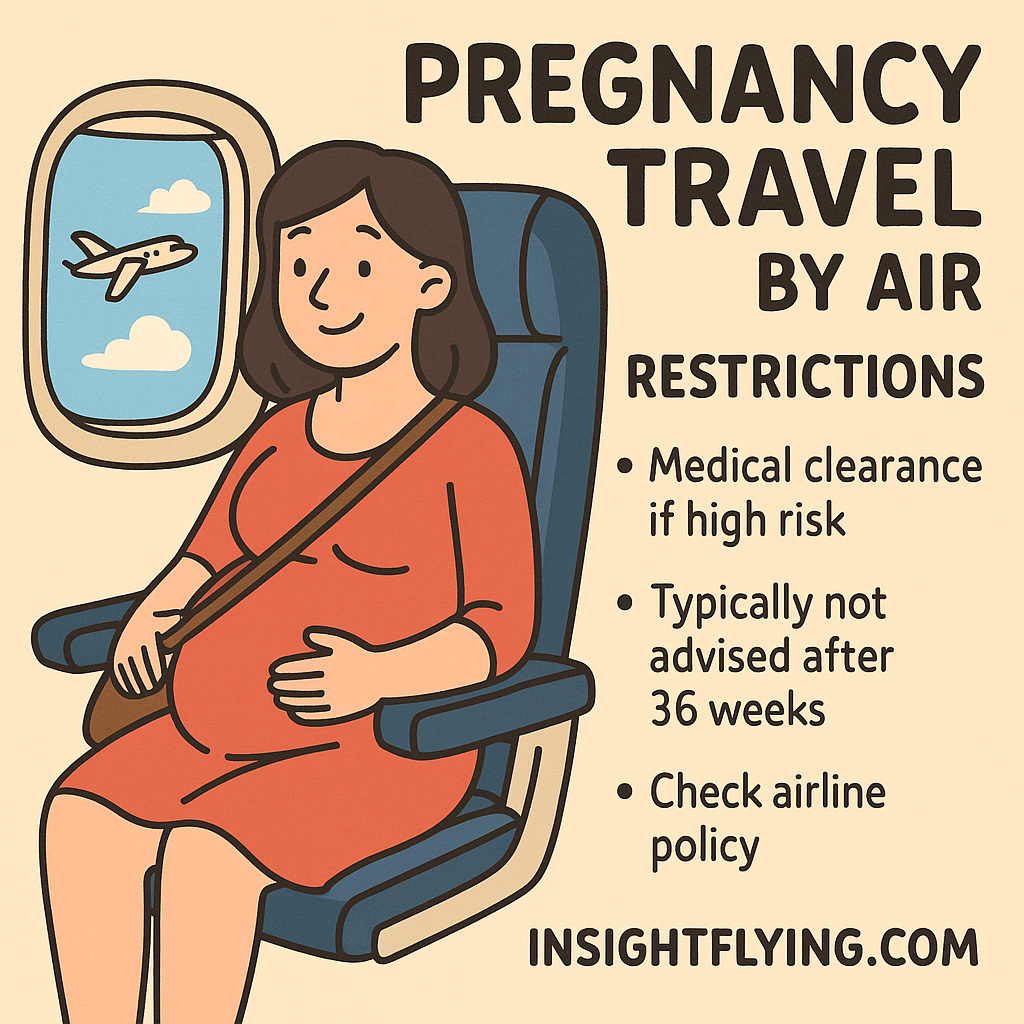
คนท้อง (แก่) ห้ามขึ้นเครื่องบิน
✈️ การเดินทางทางอากาศกับสตรีมีครรภ์ ✈️ Air Travel and Pregnancy 🔹 ทำไมการขึ้นเครื่องบินต้องระวังเป็นพิเศษ การเดินทางโดยเครื่องบินต่างจากการอยู่บนพื้นดิน ทั้ง ความกดอากาศ, ระดับออกซิเจน, และข้อจำกัดทางการแพทย์บนเครื่องบิน สิ่งเหล่านี้อาจส่งผลต่อแม่และทารกในครรภ์ ทำให้สายการบินต้องออกกฎและแนวปฏิบัติที่ชัดเจนAir travel differs from being on the ground due to cabin pressure, oxygen levels, and limited medical resources onboard. These factors may affect both mother and fetus, prompting airlines to set clear policies and guidelines. 🔹 ความเสี่ยงในช่วงตั้งครรภ์อ่อน (First Trimester) สายการบินจึงมักให้ผู้โดยสารเซ็น…
-

การเกิด Hydroplaning
Hydroplaning ExplainedHydroplaning occurs when a layer of water builds up between an aircraft’s tires and the runway surface, causing the tires to lose direct contact with the ground. This results in a loss of traction, making steering, braking, and acceleration less effective, and can be particularly dangerous during takeoff or landing. การเกิด HydroplaningHydroplaning เกิดขึ้นเมื่อมีน้ำสะสมอยู่ระหว่างยางล้อของเครื่องบินกับพื้นรันเวย์ ทำให้ยางล้อสูญเสียการสัมผัสโดยตรงกับพื้น…
-

✈️ Crosswind Landing – การลงจอดในสภาพลมข้าง
การลงจอดในสภาพที่มี ลมข้าง ลมขวาง (Crosswind) ถือเป็นหนึ่งในความท้าทายของนักบิน เพราะแรงลมที่พัดเข้ามาในมุมเฉียงกับแนวรันเวย์ จะทำให้เครื่องบินมีแนวโน้มเบี่ยงออกจาก Centerline หากนักบินไม่แก้ไขทิศทางให้เหมาะสมLanding in crosswind conditions is one of the most challenging tasks for pilots. A crosswind—wind blowing at an angle across the runway—naturally pushes the aircraft away from the centerline if not corrected properly. นักบินมีเทคนิคหลัก ๆ อยู่ 2 แบบในการรับมือกับลมข้าง ได้แก่ Crab Method และ Wing Low (Sideslip) Method ซึ่งแต่ละแบบมีข้อดีข้อจำกัดที่ต่างกันPilots…
-
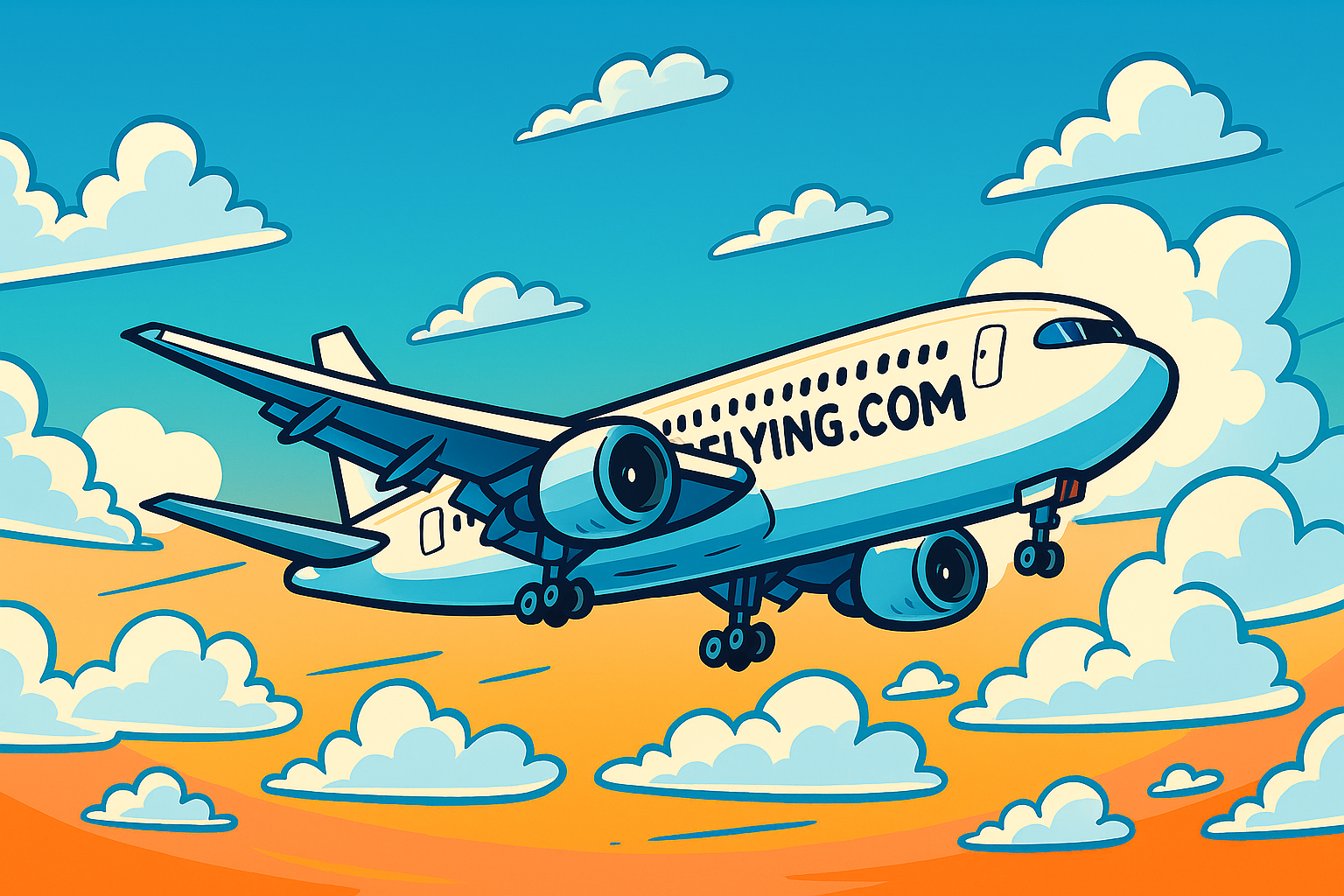
✈ Air Turn Back: เมื่อการบินต้องวนกลับสู่จุดเริ่มต้น
Air Turn Back: When a Flight Must Return to Its Origin 1. บทนำ / Introduction หลายครั้งที่ผู้โดยสารอาจจะพบว่า เครื่องบินที่เพิ่งทะยานขึ้นจากรันเวย์ได้ไม่นานกลับประกาศว่าจะวนกลับไปลงที่สนามบินเดิม สถานการณ์นี้เรียกว่า Air Turn Back (ATB) ซึ่งไม่จำเป็นต้องหมายถึง “เหตุฉุกเฉิน” เสมอไป แต่เป็นการตัดสินใจเชิงป้องกันเพื่อความปลอดภัย Passengers may sometimes experience a situation where an aircraft that has just taken off is instructed to return to the departure airport. This is known as an Air Turn…
-

✈ Go-Around: ทำไมถึงสำคัญ? / Why is a Go-Around Important?
Go-Around (การนำเครื่องขึ้นใหม่หลังจากเตรียมร่อนลงสนามบิน)คือการตัดสินใจของนักบินที่จะไม่ทำการลงจอดต่อไป แต่จะเพิ่มกำลังเครื่องยนต์เพื่อพาเครื่องขึ้นสู่อากาศอีกครั้ง แล้วจึงเข้าระบบการบินใหม่เพื่อทำการลงจอดซ้ำ โดย Go-Around ถือเป็น มาตรการด้านความปลอดภัยเชิงป้องกัน มากกว่าการแก้ปัญหาเฉพาะหน้า A Go-Around is a pilot’s decision to discontinue the landing and climb away instead of touching down. The aircraft is powered up, stabilized, and re-entered into a safe pattern for another approach. Importantly, a Go-Around is not a failure but a proactive safety maneuver to ensure…
-
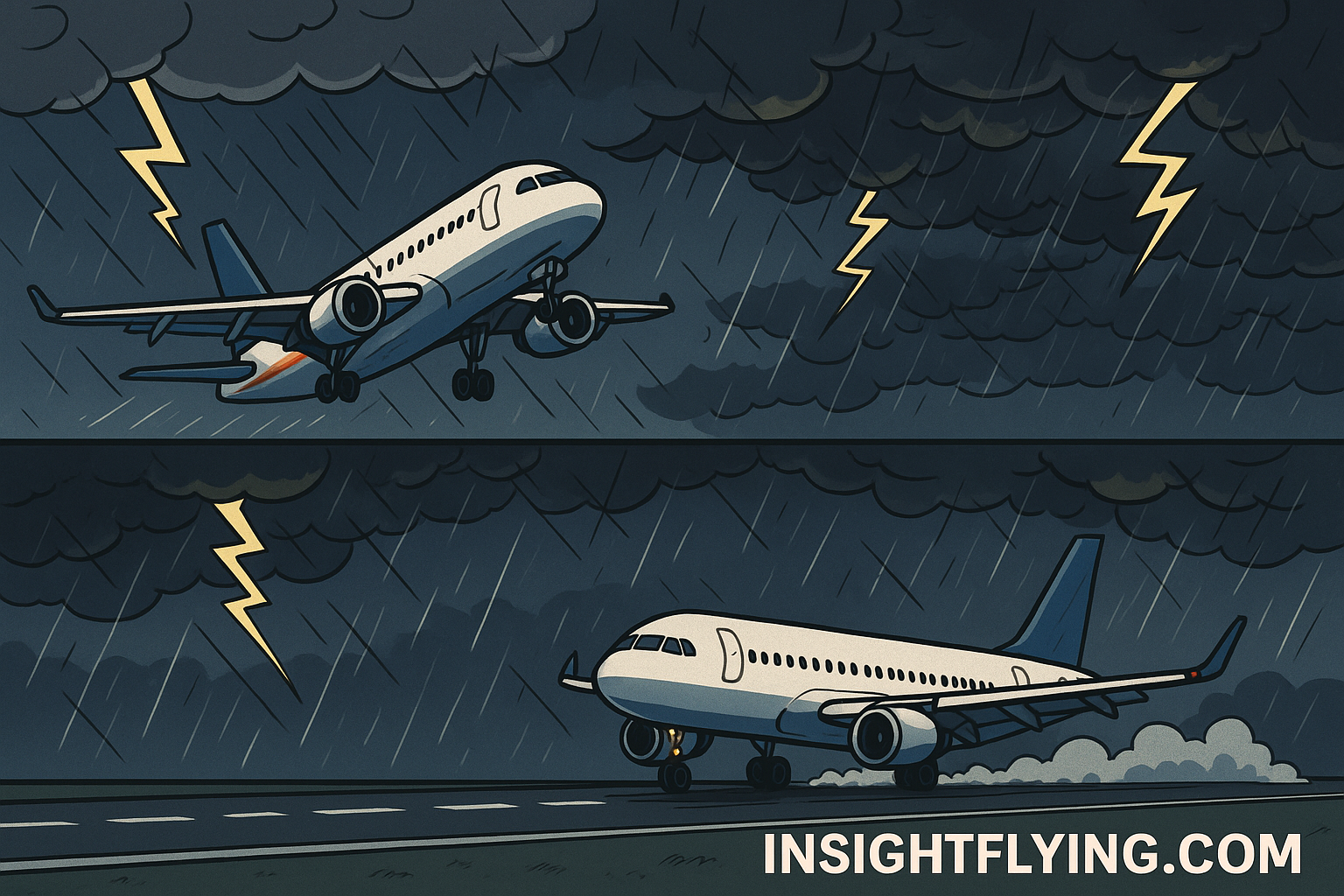
Takeoff Risks: Why the “Go or Stop” Decision is So Critical
ความเสี่ยงในการบินขึ้น: ทำไม “ไปต่อหรือหยุด” จึงเป็นการตัดสินใจที่สำคัญที่สุด Most people think landing is the riskiest phase of flight. From a pilot’s perspective, landing may indeed be technically more challenging. But statistically, takeoff is actually riskier. Why? Because when problems occur during takeoff, the situation can escalate into a critical emergency in just seconds. หลายคนเชื่อว่าการลงจอดคือช่วงที่อันตรายที่สุดของการบิน สำหรับนักบินแล้ว การลงจอดอาจจะซับซ้อนและต้องใช้ทักษะสูง แต่ตามสถิติแล้ว การบินขึ้นกลับมีความเสี่ยงมากกว่า เพราะถ้ามีปัญหาเกิดขึ้นในช่วงนี้…